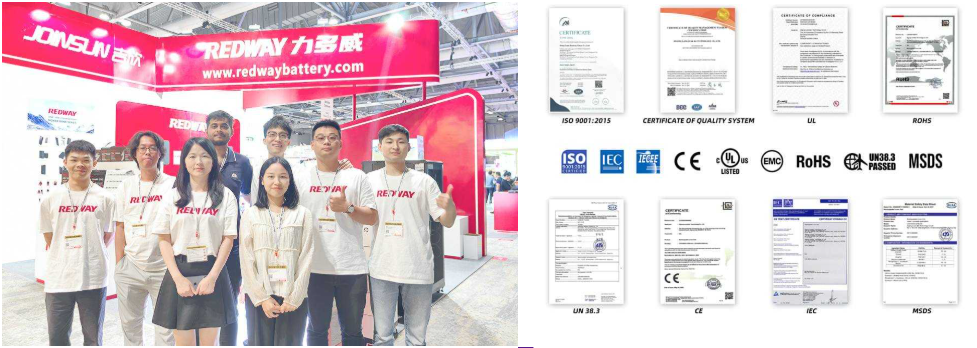Do You Need a Special Charger for Golf Cart Batteries?
Using the correct charger for golf cart batteries is crucial for maintaining their performance and longevity. Different battery types, such as lead-acid and lithium, have specific charging requirements that must be met to ensure safety and efficiency. This article explores the types of chargers available, their features, and why using the right one is essential.
What Types of Chargers Are Available for Golf Cart Batteries?
There are several types of chargers designed specifically for golf cart batteries:
- Standard Chargers: Typically used for lead-acid batteries, these chargers provide a steady charge and can take several hours to fully charge a battery.
- Smart Chargers: These chargers automatically adjust the charging rate based on battery condition, preventing overcharging and optimizing charging time.
- Onboard Chargers: Installed directly in the golf cart, these chargers allow for convenient charging without needing to remove the batteries.
Chart: Types of Chargers Overview
| Charger Type | Description | Best For |
|---|---|---|
| Standard Charger | Provides steady charge | Lead-acid batteries |
| Smart Charger | Adjusts charging rate automatically | Lithium and lead-acid |
| Onboard Charger | Built into golf cart for easy use | All battery types |
Why Is It Important to Use the Correct Charger?
Using the correct charger is essential because:
- Safety: Incorrect chargers can lead to overheating, battery damage, or even fires.
- Efficiency: Proper chargers optimize charging cycles, ensuring batteries are charged quickly and effectively.
- Longevity: Using the right charger helps extend battery life by preventing overcharging or deep discharging.
How Do Charging Requirements Differ Between Battery Types?
Charging requirements vary significantly between battery types:
- Lead-Acid Batteries: Require a multi-stage charging process (bulk, absorption, float) to ensure full charge without damage.
- Lithium Batteries: Typically require a constant current/constant voltage (CC/CV) approach and should not be charged below freezing temperatures.
Chart: Charging Requirements by Battery Type
| Battery Type | Charging Method | Key Considerations |
|---|---|---|
| Lead-Acid | Multi-stage (bulk, absorption, float) | Avoid deep discharges |
| Lithium | CC/CV | Charge at moderate temperatures |
What Are the Key Features to Look for in a Golf Cart Charger?
When selecting a charger, consider these features:
- Automatic Shut-Off: Prevents overcharging by disconnecting when fully charged.
- Compatibility: Ensure it matches your specific battery type (lead-acid or lithium).
- LED Indicators: Provides visual feedback on charging status.
How Does Voltage Affect Charger Selection?
Voltage is critical in selecting an appropriate charger:
- Most golf carts operate on either 36V or 48V systems.
- Ensure that the charger’s output voltage matches your battery configuration; using an incorrect voltage can damage your batteries.
Chart: Voltage Requirements
| System Voltage | Required Battery Configuration |
|---|---|
| 36 Volts | Three 12V batteries or six 6V batteries |
| 48 Volts | Four 12V batteries or six 8V batteries |
What Are the Benefits of Using an Onboard Charger?
Onboard chargers provide several advantages:
- Convenience: They allow you to charge your golf cart without removing batteries.
- Space-Saving: Eliminates clutter from external chargers.
- Integrated Systems: Often designed to work seamlessly with your golf cart’s electrical system.
Why Should You Avoid Using Regular Car Battery Chargers?
Using regular car battery chargers can lead to:
- Incompatibility Issues: Car chargers are not designed for deep-cycle applications and may not provide appropriate charging profiles.
- Potential Damage: Overcharging or undercharging can occur, leading to shortened battery life or failure.
How Do You Maintain Your Golf Cart Charger?
To ensure your charger remains in good working condition:
- Keep It Clean: Regularly inspect and clean connections to prevent corrosion.
- Store Properly: When not in use, store it in a dry place away from extreme temperatures.
- Check Cables: Inspect cables for wear or damage before each use.
What Are the Risks of Using an Incompatible Charger?
Using an incompatible charger poses several risks:
- Battery Damage: Overheating or improper voltage can cause permanent damage to battery cells.
- Safety Hazards: Increased risk of fire or explosion due to incorrect charging methods.
- Reduced Performance: Inefficient charging can lead to decreased capacity and lifespan.
Industrial News
The golf cart battery market is evolving with advancements in charging technology tailored specifically for lithium-ion and lead-acid batteries. Manufacturers are increasingly focusing on smart chargers that optimize performance while ensuring safety during charging cycles. As awareness grows about proper maintenance practices, more resources are becoming available to educate users on selecting compatible chargers and enhancing battery longevity.
Golf Cart Expert Views
“Choosing the right charger is just as important as selecting the right battery,” says Mike Johnson, an expert in electric vehicle technology. “Using specialized chargers ensures safety and maximizes performance while extending battery life. Always follow manufacturer recommendations when selecting a charger.”



